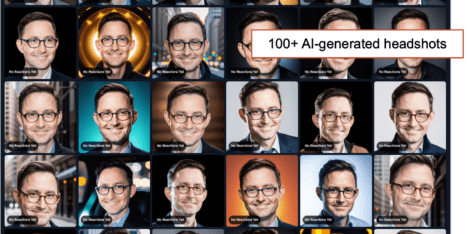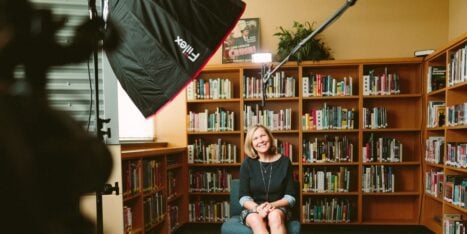Social media for B2B isn’t like B2C. A typical business-to-consumer brand needs a lot of visibility, so “brand awareness” may be the main reason they’re on social media. When this is the case, the brand may measure success in followers, likes and shares.
But B2B is different. Just being visible won’t cut it.
Here’s a quick way to think about the differences:
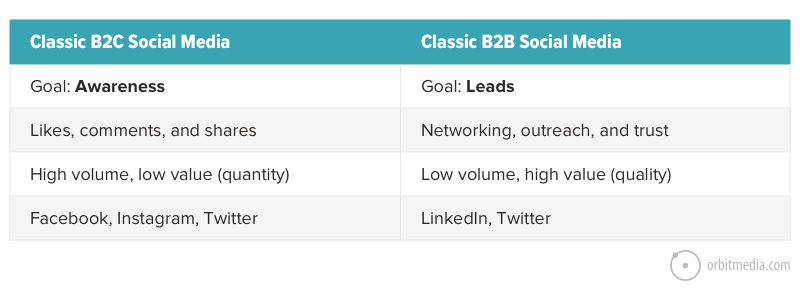
With B2B social media, connecting with the right people is far more important than connecting with a lot of people. Social media is less brand building, more networking. Less Facebook, more LinkedIn.
This is our little LinkedIn guide for B2B marketers.
This post is for you as a B2B marketer, not the brand you work for. These LinkedIn marketing strategies will start with your profile, then move on to content promotion and outreach.
1. The best LinkedIn profile tip: Connect the dots
Probably, sometime later today, someone is going to look you up. They go straight to LinkedIn to find you, or they search Google and your LinkedIn profile ranks for your name.
Here are some of the moments that trigger a view of your LinkedIn profile.
- You sent them an email
- You left them a voicemail
- Someone mentioned you in a conversation
- They are in a meeting with you
Yes, in the era of Zoom meetings, your name appears below your head, so the people you meet with are looking you up during the meeting. You probably do this yourself, so don’t be surprised that others do it to you.
When they land on your profile, the first question is generally “What do you do?” Your profile will do a good or bad job of answering that question.
- GOOD: The answer is supported by all of the sections, working together.
- BAD: There are several answers, scattered around in a non-cohesive way.
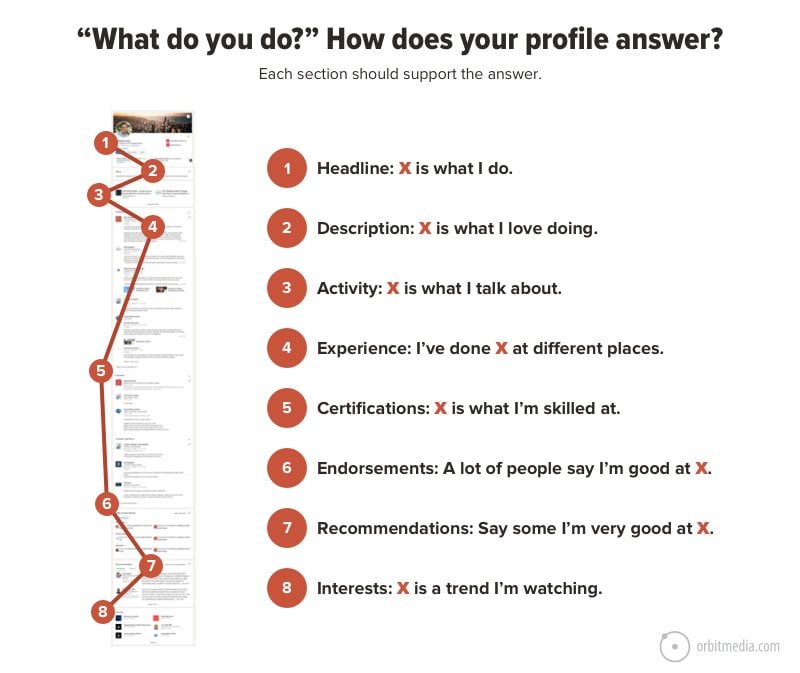
Review your profile and make sure there is a thread that they can easily follow. The words in the headline are right there in the other sections, especially in the skills and endorsements section.
 |
Heather Bennett, Creative Brand Coach“Personal Branding is what separates a LinkedIn profile from a CV or resume. The LinkedIn profile is much more than a list of accomplishments, jobs and experiences. LinkedIn gives you the opportunity through personal branding to tell your story, to describe what motivates you, to explain how (and WHO) you can help and finally, to bring to life the early stages of the hiring courtship before any interview takes place.” |
2. Profile picture
It is the single most important bit of your personal branding on the internet. Take a minute to confirm that it aligns with these profile picture best practices.
- Your face is framed with the image (not too close up or too far)
- Your smile reaches all the way to your eyes (the so-called “Duchenne smile”)
- You add a splash of warm color (in your shirt of background)
Not sure if your photo will connect well with your B2B connections, prospects and candidates? Test it using Photofeeler.
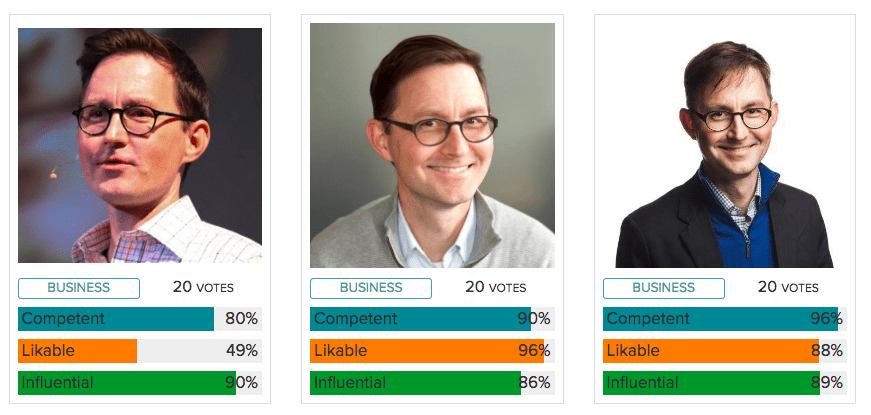
3. Get to 500+ connections
Anything below that 500 mark and you look junior. Or you look new to LinkedIn.
Once you reach this tipping point, you look as legitimate as anyone else on the platform. If someone clicks on the connections link on your profile, they’ll see how many connections you have, but who does that?
Growing your connections is about sending and accepting invitations.
Who to send connection invites to…
The more relevant to your career, the better.
- People with the same job title as those who hire you (potential employers or clients)
- People who are similar to your typical collaborators (team members and outreach targets)
- Relevant influencers in your area or industry
Any of these will strengthen your network and improve your news feed.
Who to accept invites from…
LinkedIn is a content platform and a search tool. The reach of your content and your searches is a function of the number of your connections. More connections, more reach.
 |
David J.P. Fisher, Author of Hyper-Connected Selling“Connection etiquette has changed a lot on LinkedIn over the years. Gone are the days of only connecting with people you know well. Now, LinkedIn is a true social networking forum, where it makes sense to reach out to aspirational connections – people that you don’t know but would like to. That’s where real business opportunities come from.” |
For this reason, it’s good to have a lot of connections, as long as they are relevant. Don’t be too restrictive. Here’s a simple rule that will help you grow your network.
- Accept invites from anyone in your industry
- Accept invites from anyone in your local area
If you get an invite from someone who is obviously not in your geography or industry, ignore it. Why is this chemical engineer from Buenos Aires contacting me anyway?
You may also want to filter our recruiters (they want to dig through your connections) and aggressive looking sales types (accept that invite and they’ll pitch you within minutes).
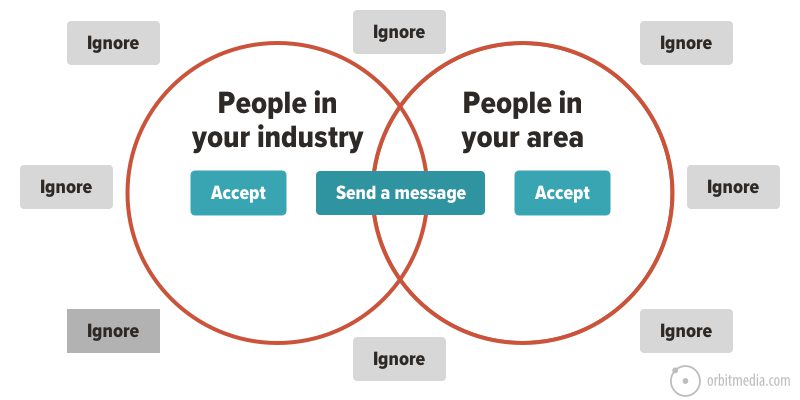
4. Ask for endorsements and recs
If you want something, ask for it.
This is one of those things worth asking for. Endorsements and recommendations are basically part of your permanent record. They stay on your profile forever, or until the endorser removes them (does that ever happen?)
I get these requests often. They’re usually simple and direct. Here is what they look like:
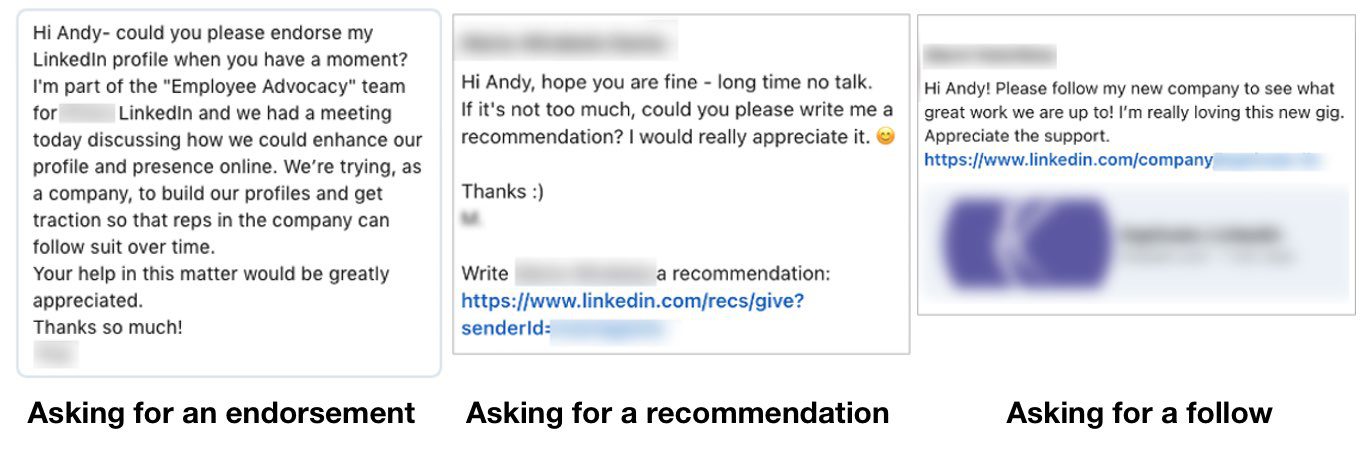
There is no special etiquette for making these requests. Feel free to use this template message if it helps.
Hi, NAME.
I’m hoping for a quick favor. I’m working to improve my LinkedIn profile and a recommendation from you would be a huge help. I’m hoping you won’t mind writing 2-3 sentences about our experience working together and my SKILL experience. It would mean a lot to me.
And if this doesn’t feel right, no worries!
5. Give lots of endorsements
Another good way to get endorsements and recommendations is to simply give a lot of endorsements and recommendations to others.
If you want more of something, give more of that thing to others [BLOCK]
Somehow, good deeds always seem to come back around. Often, the person you endorse or recommend will return the favor and do the same for you. The reciprocity bias is real.
If you need a selfish reason to be generous, remember that they make you visible on other people’s profiles. Like all kinds of social proof, the face and name of the provider are highly visible. Here’s what it looks like on their profile after you endorse them.
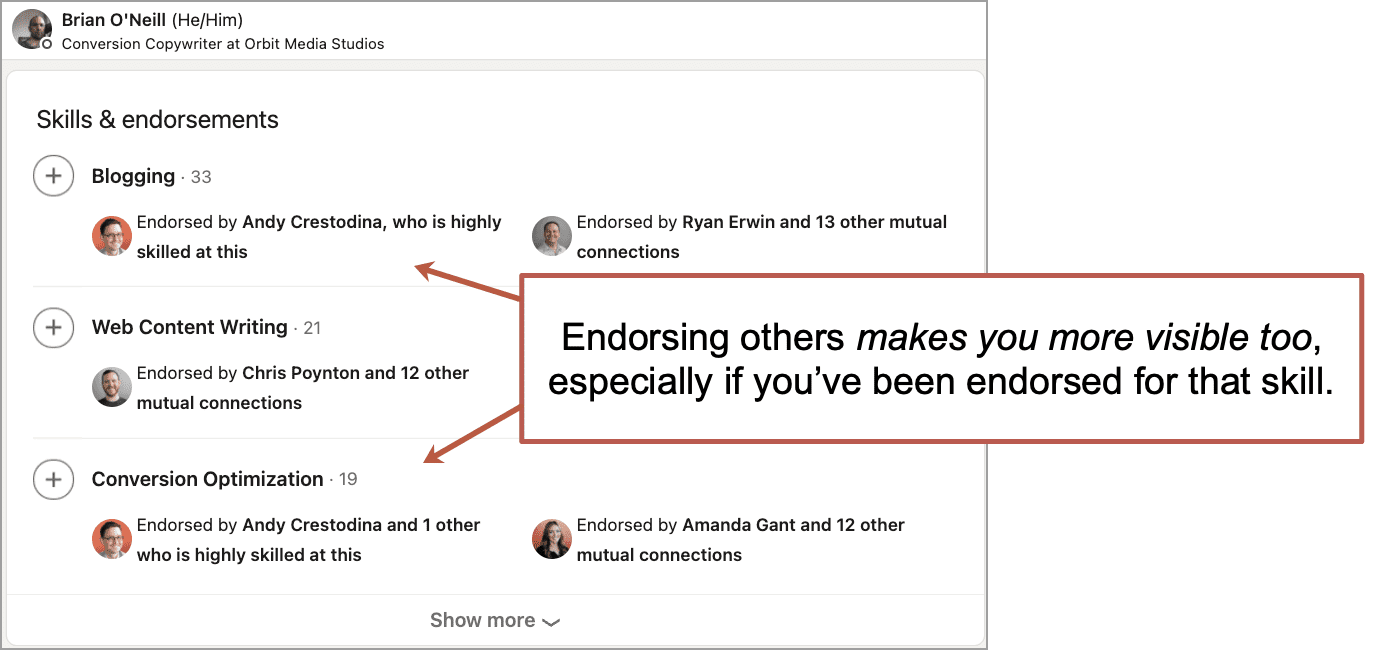
Personally, I want to give more than I take, so I make sure to keep my “generosity ratio” in balance. I’ll always give more recommendations than I receive.
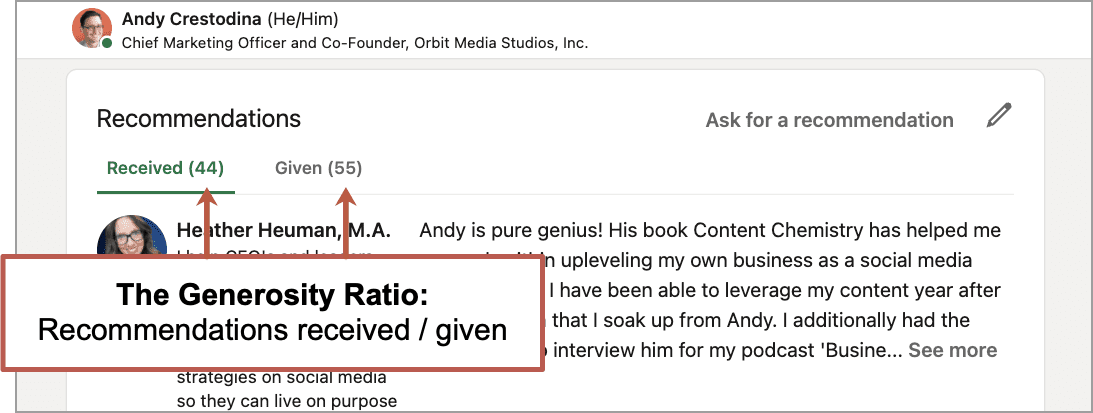
A quick way for B2B marketers to get endorsements and recommendations is to sit down as a team. Have an “employee advocacy” meeting and endorse each other.
You believe in your team right? Support them publicly with a simple click.
6. Promote your content, but…
…don’t expect big traffic from social media. Organic reach (the percentage of your followers who will see your post in their stream) has been declining for years.
Here is the tale of two social posts, both from accounts with large followings, one on Twitter and the other on LinkedIn. This is what happened when Google Analytics recently shared one of our articles.
You can see that the LinkedIn post performed a lot better than the Twitter post, but it was still just one click per 3000+ followers.
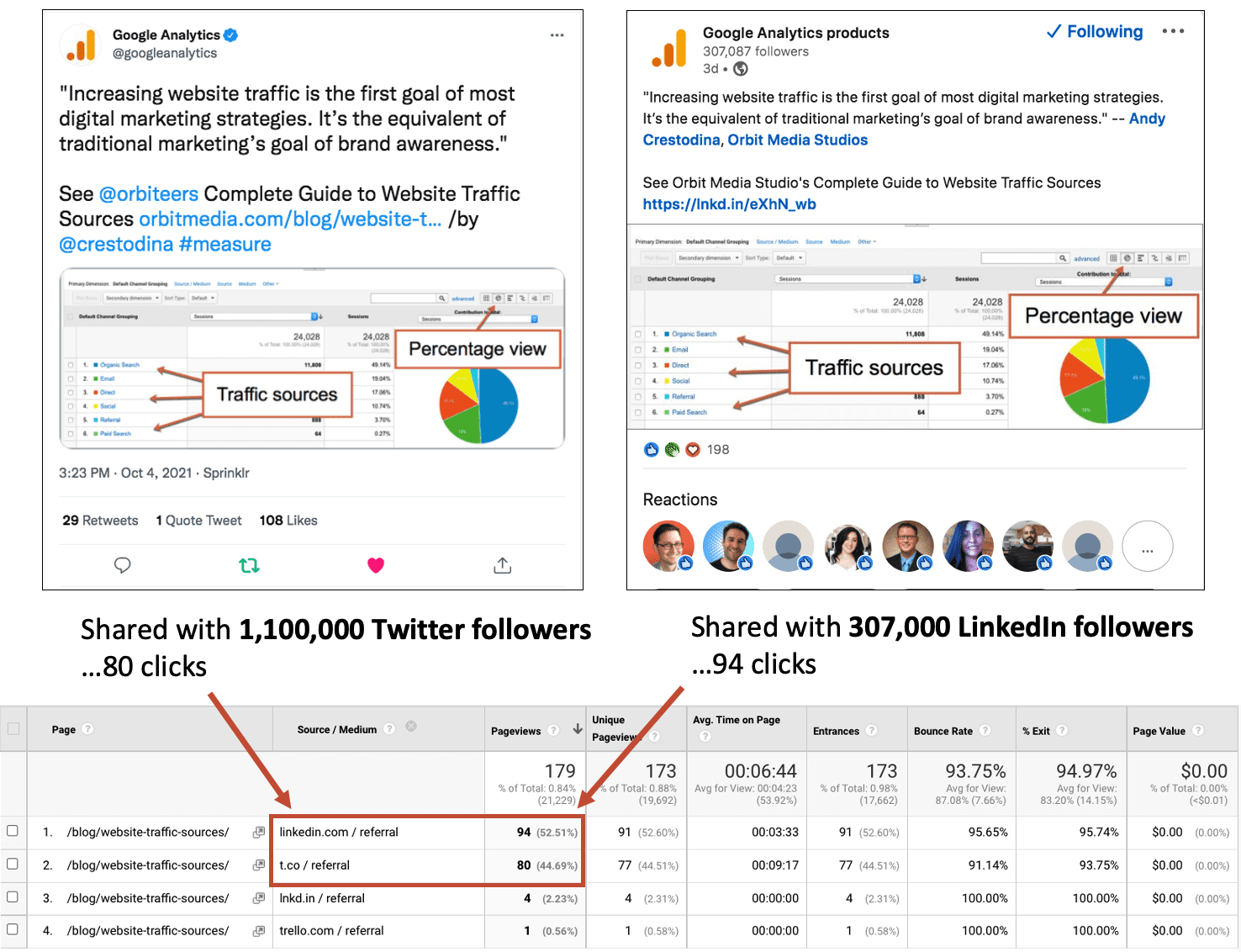
Don’t get me wrong. I’m still thrilled and grateful that the social team at Google Analytics shared this article. Honestly, it made me a little giddy. Without their tool, I wouldn’t know the impact of those shares.
The point is about expectations. Social media isn’t just about dumping links and hoping for traffic. It’s not about pestering an influencer to share something. It’s about professional networking, meaningful interactions and relationships.
 |
Heather Bennett, Creative Brand Coach“Personal branding on LinkedIn is only effective if you commit to spending time engaging with others. An active LinkedIn account makes you and your personal brand become more and more sharply focused, almost like upgrading to a higher resolution smart TV from the grainy black and white resolution of a one page resume” |
Content promotion is just one of the three types of social media posts. The other two are just as important.

But traffic and engagement are still important goals for B2B marketing. So our next few tips will help you get better results from your content promotion efforts.
7. Prime the pump before promoting
Promoting content on social media requires pre-promotion.
The trick is to do a few things before you publish.
One approach is contributor quotes. Reach out to influencers, get short blurbs from them, include these in the article, then publish. Now you have a reason to add mentions to your social post. This is called “Ego Bait” and it works if the influencers engage with the LinkedIn post.
But there’s a better way to get more people involved with your content.
- Create a social post, asking a question or sharing a perspective related to your topic
Use a relevant hashtag. Add an interesting image. Mention people who have engaged on the topic elsewhere. - Interact with anyone who chimes in
Respond to their answers. Look for opportunities to mention (and tag) other people. Keep the conversation going. - Make a note of the people who engaged
You can write them down, or make a list of links to their profiles, or just add the link to the entire conversation in the notes of your draft article. - Use their input in your article
Let their input inform the article. And if anyone had especially interesting insights, include them in a contributor quote. - Publish, share …and mention
Now that you know who is interested, you can mention them when you share. And if the article was informed by their input, you can mention them with gratitude.
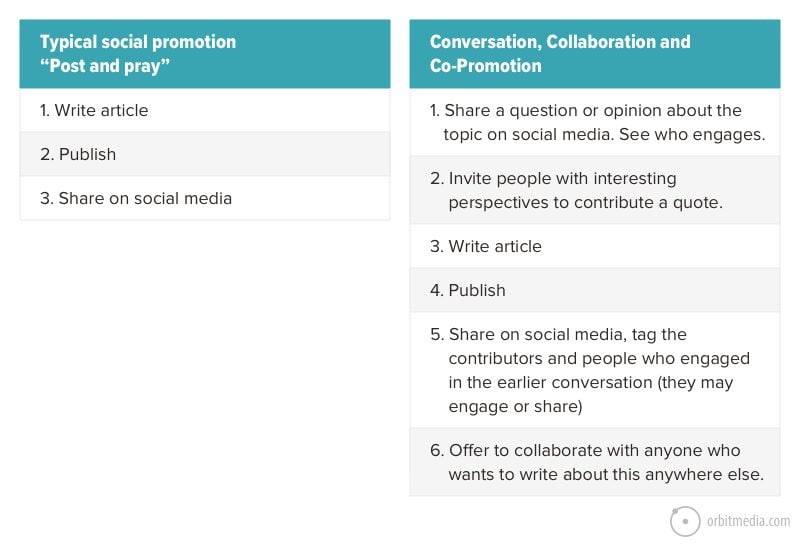
Don’t just promote an article. Have an open, public conversion. Socialize the topic before you write, while you’re writing and after you publish. Listen and learn. Without this conversation and collaboration, the content isn’t really optimized for social media.
This kind of collaborate-then-mention is high on our list of 76 ways to promote a piece of content.
 |
John Espirian, B2B Content Writer and LinkedIn Influencer“To maximize the chances of your connections seeing your content, engage in the comments of their posts shortly before you post your own content. You could also get into direct message conversations with them. Commenting and DMing increase your relevancy with connections, and LinkedIn will be slightly more likely to show your content to those people if you’ve engaged with them first. Bonus tip: if you’re trying to get more exposure for your company page, you can do the commenting from your own company page by following this tip….” |
8. Use video
There is one other content promotion tip that can power much higher levels of visibility and engagement: video. Video outperforms most other formats for engagement, according to research by Lightspan Digital and Social Insider.
They analyzed 86,000 LinkedIn posts and found that video posts had some of the best engagement rates
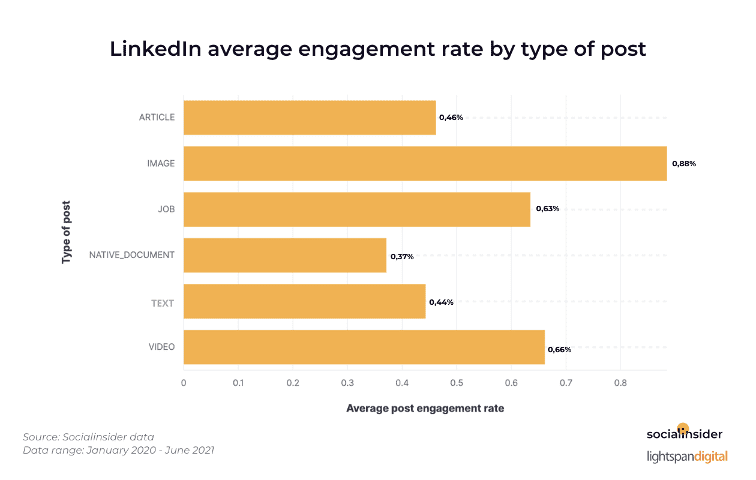
So when you’re serious about promoting a piece of content, make a one-minute commercial for it. This video social media post may be 10x the effort, but it will likely have 100x the reach and engagement.
Here’s a quick summary of our 9-step guide for social media videos:
- Start with a smile, introduce yourself, introduce the topic, then suggest they click the link in the post.
- Add captions using a tool like Camtasia.
- In the social post, use numbers, mentions, hashtags, bullets, line breaks and a specific, benefit-driven headline.
- Add campaign tracking code to the link so you can track the results from the post.
- Ask a few friends and co-workers to quickly engage with the post to give it a nudge in the algorithm
If you want to go big on LinkedIn, invest in a camera, mic and lights. The difference is huge. No wonder you’ll find these on the desks of pro social media marketers.
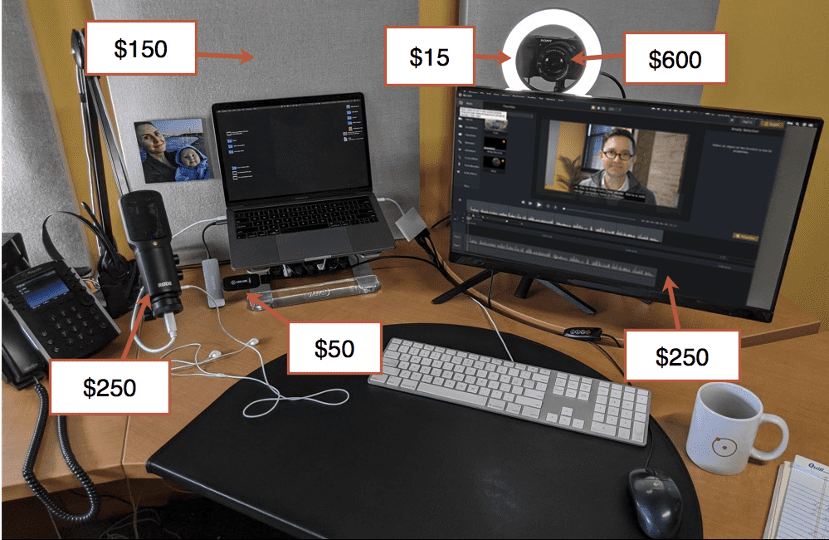
9. Offer to collaborate
You’ve polished your profile.
You’ve built up your connections.
You’re having conversations around content.
You’re making new friends and chatting through messages.
There is one little sentence that can make a big difference in those messages. I’m going to share it with you now:
“Don’t hesitate to reach out if you’d ever like to collaborate on anything at all.”
This is my standard sign-off. I’ve typed it hundreds of times. I finally got TextExpander so I don’t have to type it anymore. I have a keyboard shortcut for it.
This little combination of words does something magical. It lets the reader know that you are open to making something together. It invites them to think of ways to collaborate.
It says “I’d be happy to be interviewed” and “I can provide a contributor quote” and “We can do a research project together.”
I can trace back so many opportunities to this little sentence. I highly recommend giving it a try.
10. Syndicate past articles on LinkedIn
If you have a strong body of work on your own site, those articles may find a new life in the LinkedIn platform.
Assuming the content is “evergreen” (relevant over long periods of time) then you can re-post those articles into LinkedIn. It’s smart because it’s very unlikely that anyone who read the original on your site will see the article on LinkedIn. It’s also so simple that it can be delegated.
Just click the “Write article” button at the top of your feed and copy and paste in the article (you may need to move the images in manually). If you’d like to try to drive traffic from these, you can post half of the article and add a call to action to see the original on your website.
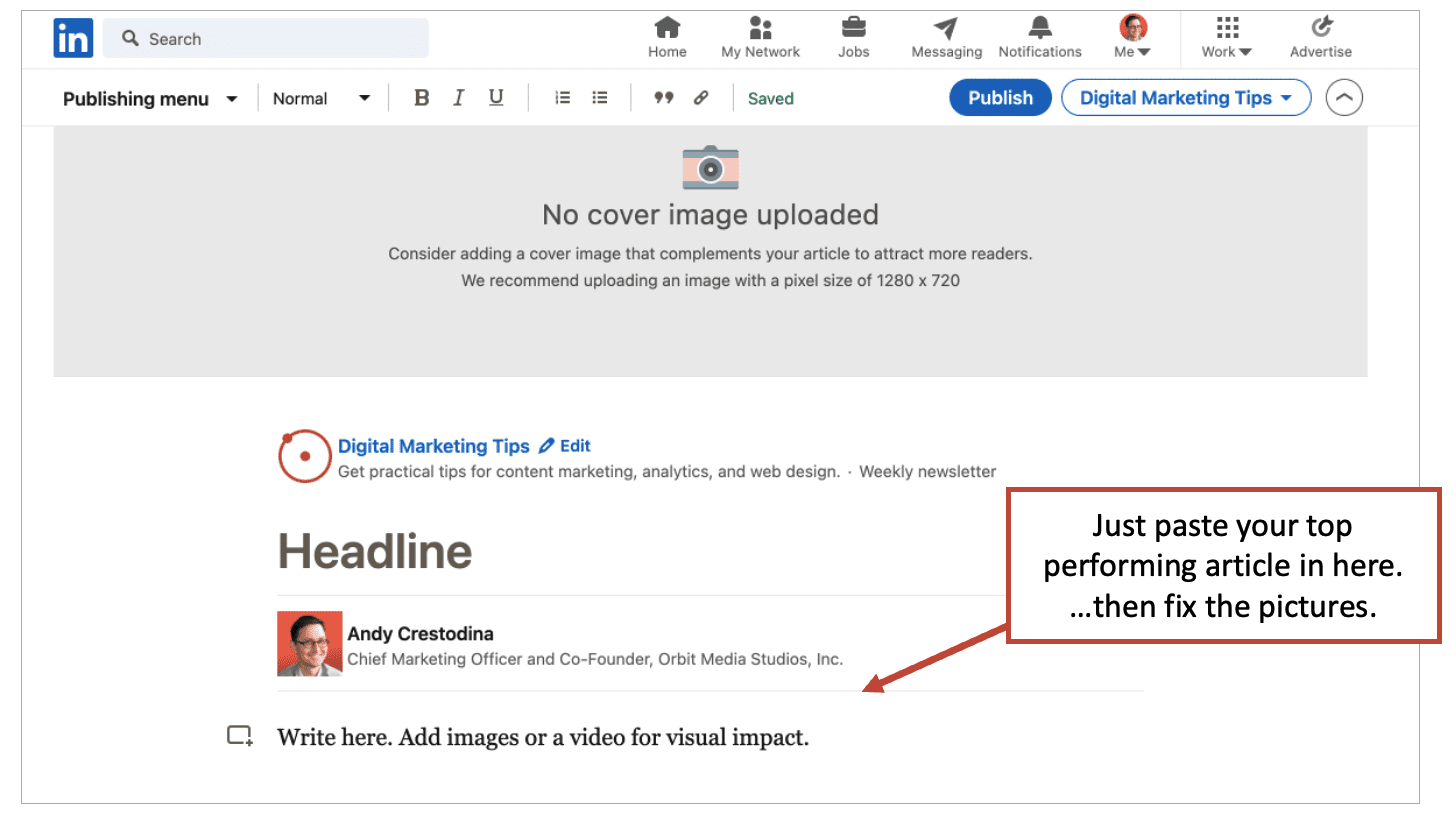
This is a form of syndication. Medium is another place you can do this.
- Does LinkedIn have any issues with this? I asked some friends there. “No” was their answer.
- Does Google have any issues with this? No, because there is no duplicate content penalty.
It’s smart. And it’s a quick path to a stronger personal brand on LinkedIn.
BONUS: We recently hosted a Wine & Webinar on this very topic. Enjoy! If you’d like to join us at the next super awesome W&W, sign up here.


